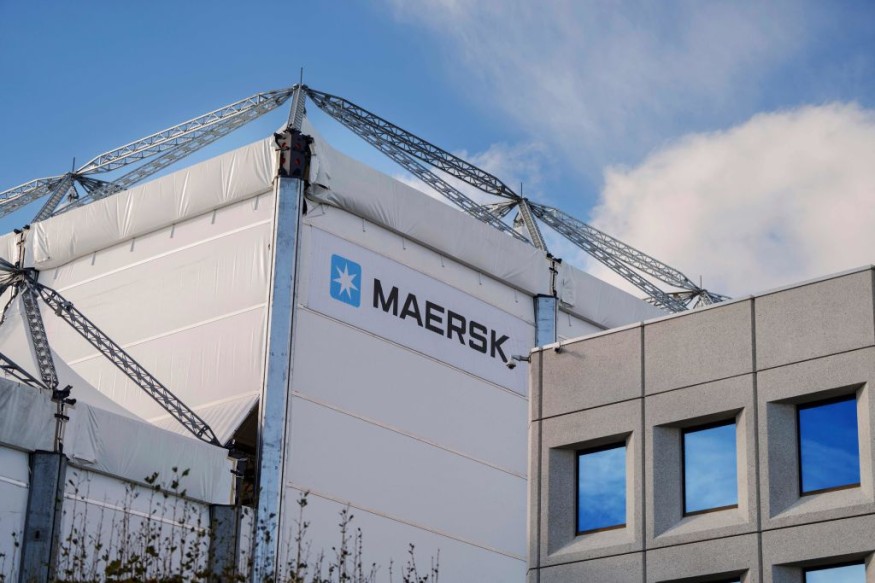Maersk Makes Strategic Investment to Fortify South-East Asia's Supply Chain Resilience
Maersk, a Danish shipping giant, said on Monday that it will invest more than $500 million to develop its South-East Asian supply chain infrastructure.
Maersk stated that by 2026, it hopes to have added roughly 480,000 square meters of capacity throughout Singapore, Malaysia, Indonesia, and the Philippines. The company also plans to increase its warehousing and distribution in the area by up to 50%.

According to Maersk, the three-year investment is intended to reduce trade costs, which are sometimes two to three times higher in some Asian countries, and improve supply chain resilience.
Charters, Market Dynamics, and Charter Market Optimism
Maersk is strengthening its fleet in anticipation of an early end to its 2M cooperation with MSC; it has just fixed two 13,100 teu charters.
In June of next year, the carrier and non-operating shipowner Danaos will assume control of the 13,082 teu sister ships Hyundai Ambition and Hyundai Speed, which were completed in 2012. The hiring cost per day will be $51,500 for a 34-month period.
Originally, Hyundai Merchant Marine (HMM), a South Korean carrier, leased the boats for a period of 12 years at a rate of $64,918 per day. However, when HMM joined the 2M in a space-sharing agreement known as the 2M-H Strategic Alliance, the boats were among many sub-let to Maersk and MSC during HMM's reorganization in 2016.
HMM was prohibited from using its own ships within the alliance's borders as part of the agreement with the 2M, which was essential to Korean state-owned enterprises' ability to keep funding the carrier. The ships were then re-delivered to HMM when the carrier ultimately became a full member of THE Alliance in April 2020.
Once known as "the workhorses" of the Asia-North Europe trade, 13,000 teu containerships later evolved into utility ships as 18,000 teu+ ultra-large container vessels (ULCVs) began to dominate the market. This was partly due to the ULCVs' ability to pass through the 2016-opened neo-panamax locks in the Panama Canal.
Maersk's present readiness to forward- charter for an extended length of time, indicates that the charter market is still in high demand.
In fact, Alphaliner predicted "continued strong rates for these sizes" in this week's report on charter activity in the 7,500-13,000 teu VLCS [very large container vessel] sector.
According to the expert, there is a "limited supply" of boats available in the VLCS sector, and some 9,000-9,500 teu ships will have their charters extended starting next year.
In another place, containership charter market optimism was expressed by London-based shipbroker Braemar, which noted that "chartering activity remains robust at a time when it is not uncommon for demand to slow". Additionally, it stated that the decline in charter rates that was observed in the latter part of the year had abated.
Related Article : Oil Markets Brace for Impact as OPEC+ Announces Production Cuts
© 2025 MoneyTimes.com All rights reserved. Do not reproduce without permission.











